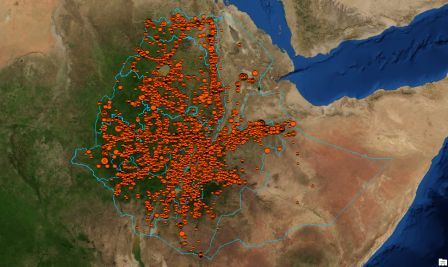 |
| Two midwives in a low-income area of Jakarta, Indonesia that are part of DKT's "Andalan" social franchising network. |
This article was originally published in The Huffington Post on Sept. 23, 2013.
For almost 10 years, I managed health programs in Africa, Asia, and South America that harnessed social marketing techniques to produce tangible benefits for poor consumers. Our programs made low-cost products such as condoms, contraceptives, and oral rehydration salts available at reduced, affordable prices. We worked mostly through the private sector and were proud of our bottom-line health impact. We didn't think much about underlying health systems or how to improve them. And if we had, we probably would have dismissed health system strengthening as overly ambitious.
But I've been thinking more about health systems lately, as I have seen governments and their nongovernmental partners carefully and patiently nurse ailing systems to health. The payoffs are not immediate -- far from it -- but as we move away from the segmented solutions to global health that prevailed in the 2000s (such as in the cases of AIDS and malaria) and toward greater country ownership, there is a growing consensus that we need stronger health systems to make sustainable improvements in global health.
This means more, better trained, and better managed frontline health workers -- the backbone of health systems.
I've heard that mantra for the last few years but, in 2012 and 2013, I saw it play out repeatedly as I traveled to very different countries in Africa, Asia, and Latin America:



+talks+to+a+family+in+Harare+section+of+Khayelitsha.jpg)